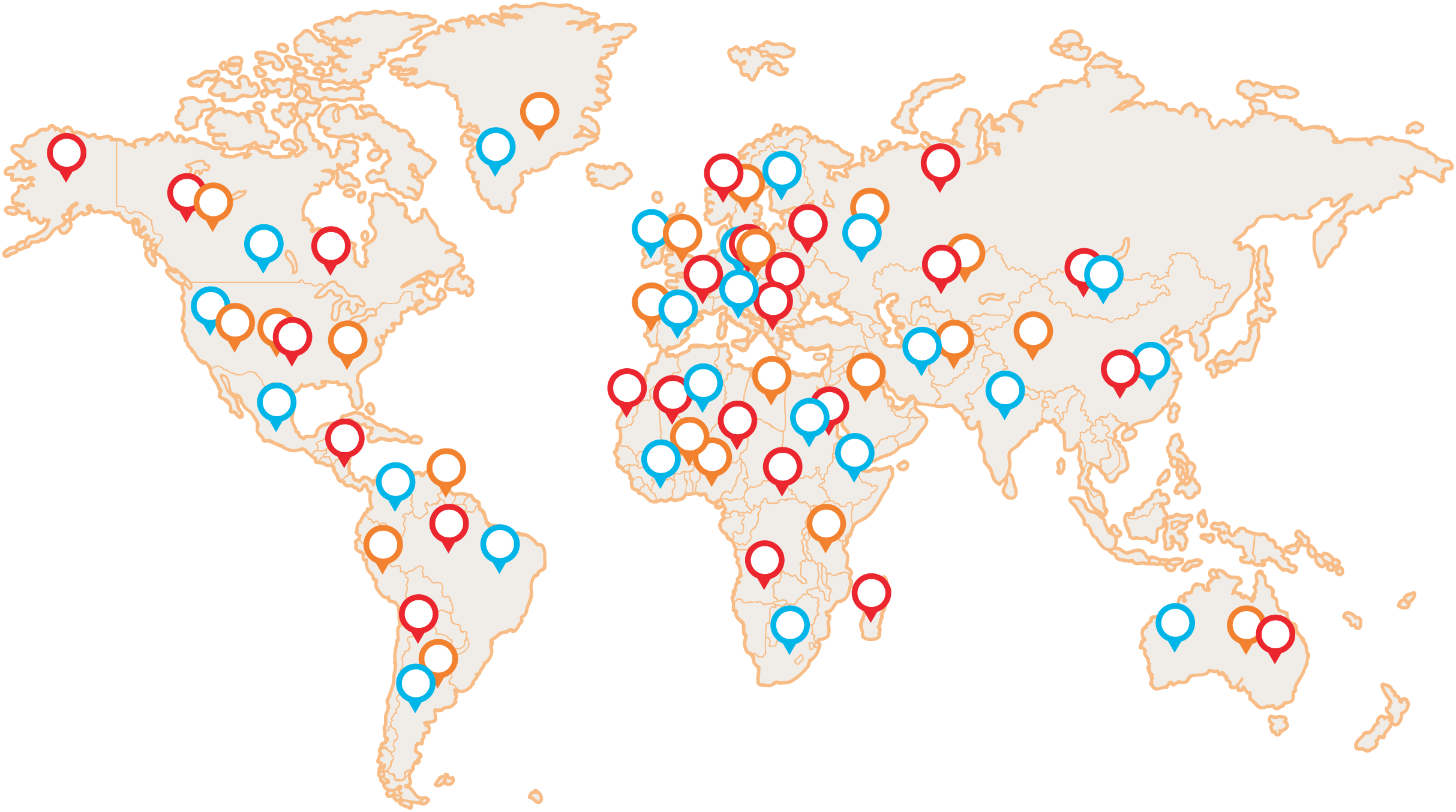Category:Digestion, gynecology, sexuality, fertility, fatigue, skin, prevention, anti-aging, liver system, spleen system, pain relief
Recipe use according to traditional Chinese medicine:
-nourishes the blood of the Liver, softens the Liver
-disperses Liver Qi
-strengthens the Spleen
-removes moisture
-strengthens the Spleen and Kidneys
-protects pregnancy
Description:
The mixture is based on a combination of peony root and angelica and has been known since the third century, when it was compiled by the famous physician Zhang Zhong-Jing. Its use in both the prevention and treatment of pregnancy complications is therefore confirmed by more than 1.5 millennia of experience. It significantly replenishes the blood and promotes its formation. It is also very effective in relieving lower abdominal pain during pregnancy, or the feeling of pressure in the small pelvis, as well as in relieving premature uterine contractions, or hip pain, so common in pregnancy.
In the mixture, poria and atractylis further improve digestion and digestion by strengthening the Spleen, which is then better able to produce vital substances - Qi and blood - from food. The Frogweed also removes moisture through urination and, together with the Dill, improves blood supply, thus relieving pain and tension in the abdomen and lower abdomen. The blend is also excellent for pregnancy indigestion. It also has a wide range of uses outside of pregnancy, either in preparation for it (it harmonizes the menstrual cycle and the menstruation itself - especially the painful one, promotes ovulation and improves the malfunction of the corpus luteum - it increases the level of progesterone in the second part of the cycle), prevents habitual miscarriage, especially if associated with autoimmune disorders.
Another very interesting modern application of Dang Gui Shao Yao Tang is in the treatment of celiac disease, especially when it is not accompanied by significant symptoms of liver-spleen disharmony or damp heat in the colon. Thus, it is mainly to manage milder complaints such as pain, cramps and pressure in the abdomen and thinner stools from excessive dampness. Adherence to dietary precautions is, of course, a necessity even when taking the mixture.
Indications:
-symptoms usually appear during pregnancy:
-aching and crampy pain in the abdomen and lower abdomen
-the pain is not severe and is relieved by pressure
-pain in the lumbar region - lumbago
-weakness and numbness in the lower back and legs during pregnancy or after childbirth
-mild swelling (especially of the lower limbs)
-difficulty urinating, oliguria
-anaemia - anaemia
-pale face
-feeling of a heavy head
-tiredness, drowsiness
-dizziness
-tinnitus
-palpitations
-coldness of hands and feet
-dysmenorrhea
-irregular menstruation
-mushy stools
Modern Uses:
-prevention of pregnancy complications (premature uterine contractions, bleeding, difficulty urinating, swelling of lower extremities)
-pregnancy anaemia (anaemia) and its prevention
-pregnancy cramps
-lower abdominal and abdominal pain
-lumbar spine pain in pregnancy
-pregnancy hypertension
-ovulation and menstrual irregularities
-dysmenorrhea (painful menstruation)
-infertility
-habitual miscarriage
-chloasmata ("age spots")
-acne
-celiac disease
Language:
-pale or pink
-possible petechiae at the edge
-thin or greasy white coating
Pulse:
-hen
-ruo (deep and weak) or xu
-ru (empty, dilute) or xi
-chi (soft and slow) or xian
-yin (stringy, contracted) for pain
Contraindications:
-Although the blend is designed to prevent and address pregnancy difficulties and is safe, the administration of all herbal remedies during pregnancy belongs in the hands of an experienced therapist.
Notes:
Although the blend was designed and used primarily for the prevention and management of problems in pregnancy, today its use is broader and can be administered for all problems related to blood deficiency and impaired water pathways with signs of pathological dampness in the body.
Ingredients of the recipe:
|
Edit by
|
Chinese
|
Czech
|
Latin
|
|
|
Dang Gui
|
Chinese angelica, root
|
Rad. angelicae sinensis
|
|
Sheng
|
Bai Shao
|
Milkweed, root
|
Rad. paeoniae alba
|
|
Zhi
|
Chuan Xiong
|
Wallich's dill, rhizome
|
Rhiz. ligustici
|
|
Chao
|
Bai Zhu
|
Atractylus grandiflora, rhizome
|
Rhiz. atractylodis
|
|
|
Fu Ling
|
poria coconut, sclerotium
|
Skler. poriae
|
|
Sheng
|
Ze Xie
|
Oriental frogweed, rhizome
|
Rhiz. alismatis
|
 Vital mushrooms PRO (17)
Vital mushrooms PRO (17) MyTao Edition (14)
MyTao Edition (14) Vital Mushroom Extracts (25)
Vital Mushroom Extracts (25) Combination of mushrooms and herbs (18)
Combination of mushrooms and herbs (18) Traditional recipes (5)
Traditional recipes (5) BIO vital mushrooms powder (9)
BIO vital mushrooms powder (9) Syrups (12)
Syrups (12) Dried vital mushrooms (6)
Dried vital mushrooms (6) Honey products (5)
Honey products (5) Vitamins (4)
Vitamins (4) BIO green food (2)
BIO green food (2) Other (3)
Other (3)

